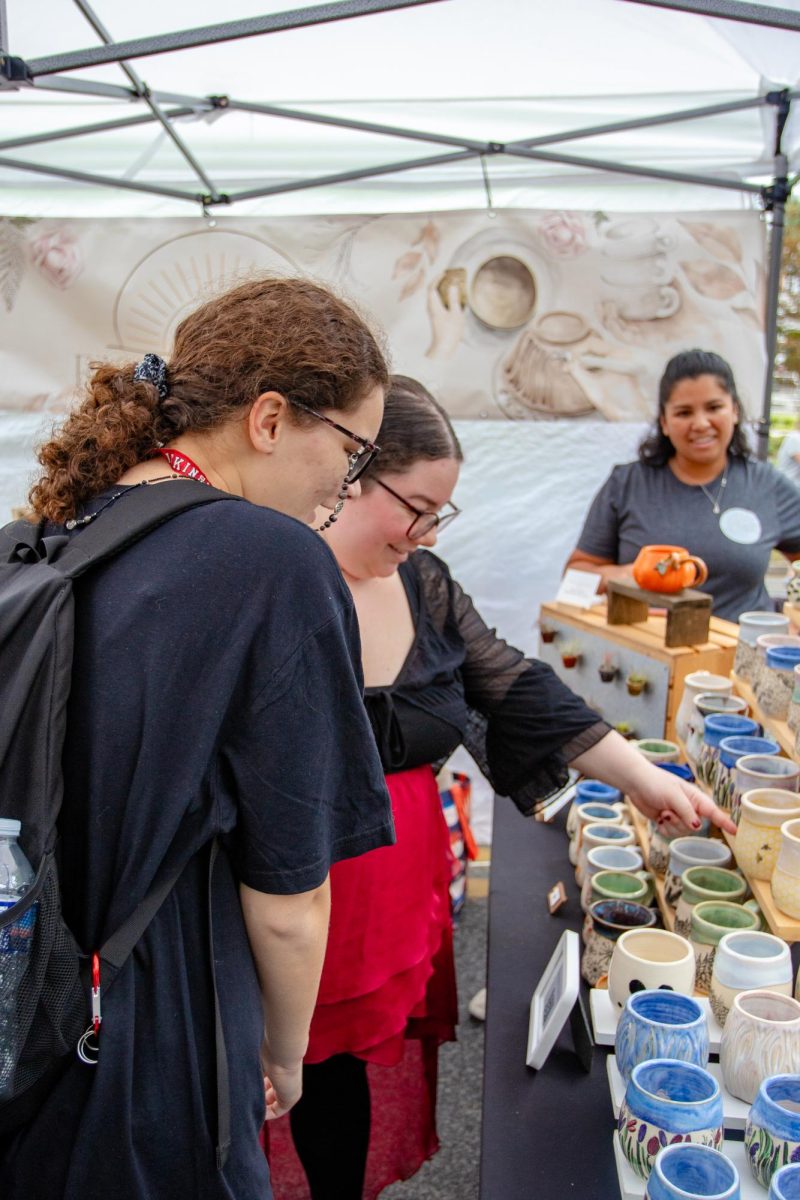This week I am going to take a break from my quest to uncover the foundations of Danish happiness, and to begin I want to give you a little language test. Humor me if you will. Try to pronounce the following words (they will start easy and get progressively harder):
Vestergade; Stroget; Ebjy; Brandsbjergvej; Hjemmearbej.
I use each of these Danish words on a daily basis, and I am pretty sure that no one without knowledge of a Scandinavian language will have pronounced any of them correctly.
Now for the answers: The d in Vestergade is deceptively a “soft d,” which to my American ear sounds pretty much like an L, so the street where my school is located is Vester-gal.
Stroget is a fun one. It’s the main pedestrian street in the city center and you actually don’t pronounce any of the last letters, and it sounds like Strollll.
The next two are the names of my town and street respectively. Ebjy is pronounced “I-bu.” Y in Danish makes a u sound (and they seem to have an endless supply of j’s). I won’t even attempt to teach you hjemmearbej (homework).
Now that I’ve given you a little insight into the struggles of a native English speaker in Denmark, I will begin my story:
When I first arrived to begin my semester abroad, I was signed up for five classes: three psychology courses, a service learning seminar and Scandinavian children’s literature. I had knowingly opted out of taking the Danish Language class because I figured that I would learn as much Danish as I needed to (not very much given that almost all Danes speak some English) living with a host family. The other classes offered were just so interesting that I couldn’t seem to fit it in my schedule. And besides, I reasoned, after I left Denmark in May, I would probably never get to use Danish again.
By the end of orientation my attitude had changed. I was on the train and found myself thinking, I wish I knew how to pronounce the name of my stop (and my town and street names). Where are the vowels in these words? What does that sign say (it has an exclamation point so it’s probably important)?
In truth, I was already feeling guilty about not even attempting to learn Danish. Lars, Helle and Kasper (my host-father, mother and brother) all speak fluent English, but Mira (my host sister) is only now learning. Helping her practice was one major reason that they wanted an American exchange student, and it seemed only fair that as she learned to speak my language, I should at least try to speak some of hers.
Suddenly the excuse that learning Danish was just too hard and impractical really didn’t hold up. In no way do I expect to be fluent (or even proficient enough to hold a real conversation) before I leave, but I decided that it would be nice to have enough language to introduce myself, order something in a café and read street signs.
So on the day before classes began, I walked into the advising office and changed my schedule. I dropped out of children’s literature and picked up a section of Danish Language and Culture. Danish, as it turns out, is even more confusing than I expected. There are many variations of the O sound that are pretty much impossible for me to differentiate. The way words are written has little to do with how they are pronounced. In fact we learned that when Danish children begin school, they are allowed to write words phonetically; it’s only over time that they are required to master real spelling. Still, I’m trying and I am making some progress.
I can tell you my name, where I’m from, and what I study. I can tell you about my family here (and in the US). I can talk about my schooling, how I get to class, and what I like to do. I can count to 1000, sing the days of the week and tell you that I don’t like pig’s liver!
While these things are important, the most important thing is that learning basic Danish has helped me to feel more connected to the city and people around me. I now see patterns in the names of train stations. I know to ask for Tia and not Tiger (as it is spelled) when looking for my favorite convenience store. Mira and I have put sticky notes on objects in the house, with the name in English and Danish so we both can learn. At dinner, Kasper asks what I’ve learned in Danish class, and even though they often giggle, I can tell my hosts appreciate my effort. As it turns out, language (even the basics) really can create meaning.



